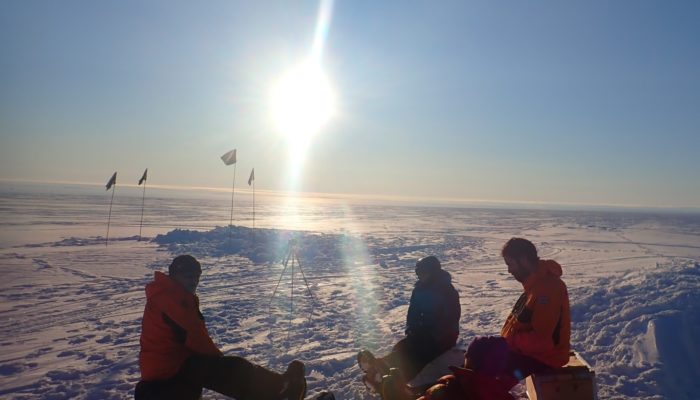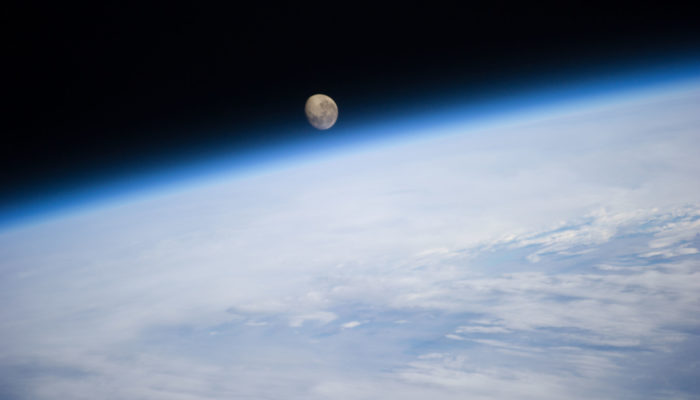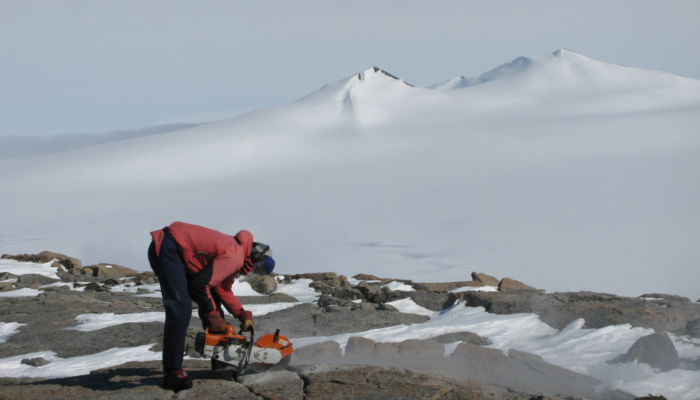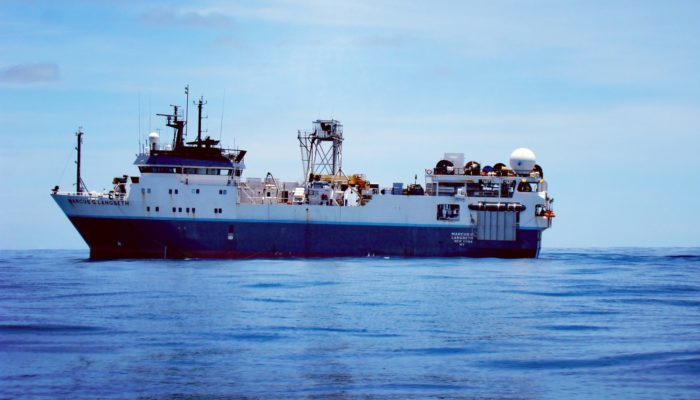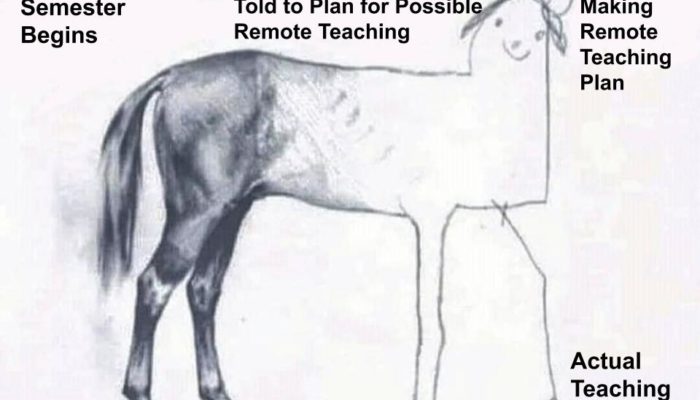COVID-19 is currently affecting over 180 countries in the world and poses serious threats to public health as well as economic and social stability of many countries. Modeling and extrapolating in near real-time the evolution of COVID-19 epidemics is a scientific challenge, which requires a deep understanding of the factors undermining the dynamics of the epidemics. Despite the importance of havin ...[Read More]
Seismology
Creating Value for Safety: from earthquake preparedness to pandemic outbreak response
Disasters happen world-wide, almost every day. If you are an earthquake seismologist (or engineer), chances are good that seismic hazard is in your daily diet. Developing an earthquake scenario, estimating the seismic hazard, assessing the risk, regulating the land use: we usually conduct these tasks to limit the socio-economic impact of a seismic event. However, when planning and coordinat ...[Read More]
Cryospheric Sciences
Life of a scientist: When fieldwork doesn’t go to plan…
Climate research questions tend to focus on the future. What will global temperature be in 2100? Will extreme weather events become more frequent? When will sea level rise render coastal homes uninhabitable? But our understanding of climate processes first comes from observing the past: palaeoclimatology. To get these records, scientists often go on fieldwork to collect samples. But what happens w ...[Read More]
Geodynamics
The Sassy Scientist – Conference Call Candids
Now more than ever, Kaito is using conference calls to stay in touch (scientifically and otherwise) but is frustrated about the (lack of) etiquette. He ponders: What is the best way to set up a conference call? Dear Kaito, I suppose you like conference calls as much as I do. Not. I don’t know how many times I’ve thought to simply quit a call due to the inherent chaos that at some point ...[Read More]
Geodynamics
The Moon – A small but significant tale about impacts, basins, volcanism, and time
This week on the GD Blog we are taking a magical geodynamicist’s mystery tour to our planet’s Moon thanks to Tobias Rolf, Researcher at the Centre for Earth Evolution and Dynamics (CEED) at the University of Oslo, Norway (currently a Visiting Researcher at the Institute of Geophysics at the University of Münster, Germany). Imagine you are orbiting the Earth at an altitude of a few hun ...[Read More]
Natural Hazards
Blog column – PICTURE YOUR RESEARCH!
Working on natural hazards brings you to places (physically and virtually) you might never have discovered otherwise. You look at the world while asking questions about places, situations, relationships, and interactions of the natural processes surrounding you, inspiring your scientific potential. The Natural hazard Early Career Scientists Team is interested in your natural hazard research and wo ...[Read More]
Cryospheric Sciences
Radiocarbon rocks! – How rocks can tell us about the history of an ice sheet…
When most people hear the phrase “radiocarbon dating”, they think of measuring carbon to date organic material. But did you know that carbon is also produced within rocks, and that we can use it to learn about the past behaviour of a glacier? About 20,000 years ago it was colder and large parts of the continents were covered by ice. But what did Antarctica – the largest ice mass ...[Read More]
Geodynamics
The Sassy Scientist – COVID Crisis Care
Michaela is stuck at home, both physically and mentally, with the hope that she does not catch nor spread the new COVID-19 virus. Without the comforting environment of her own university desk, and not the itchy couch at home that’s hardly been sat on, she wonders: What is the best approach to efficiently work from home? Dear Michaela, Feeling your pain of enforced home isolation, I wonder to ...[Read More]
Seismology
Representing the Possible: Milena Marjanović
I remember the first lecture vividly, it was on Plate Tectonics. From that moment, I knew what my profession will be What is your story, Milena? I am a Marine Geophysicist interested in exploring plate boundaries, in particular, mid-ocean ridges using active source seismology. I am a sea-going researcher, which means that every now and then, I tend to spend several weeks (up to a couple of months ...[Read More]
Hydrological Sciences
When the students are gone: Transition to online teaching
With the ongoing Corona crisis, universities are closed and in-person classes are/were rapidly transitioning to online courses with only little time for preparation for instructors. Preparing online classes usually takes lots of effort and time, which is why we should probably all just release ourselves from too high expectation. Motivated by the ongoing discussion on Twitter about the challenges ...[Read More]



